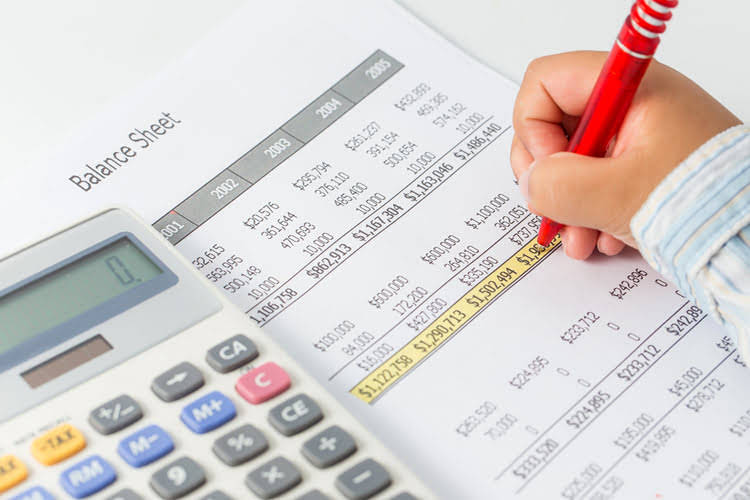
A business’s Accounts Receivable control account shows the total amount customers owe. The Accounts Receivable subsidiary ledger maintains separate records for each customer, detailing their invoices, payments, and remaining balances. When a customer makes a payment or is issued a new invoice, the entry is first recorded in their account within the subsidiary ledger. This entry then automatically updates the summary balance in the general ledger’s control account.

Cash Flow Statement

Control accounts for accounts receivable must match the subtotals of the customer balances in the sub-ledger. It is, therefore, necessary to correct an error in the books if it does not. Control accounts serve as a pivotal element in the financial reporting process, acting as a summary ledger that consolidates numerous transactions into a single account. This consolidation simplifies the general ledger’s complexity, making it easier to verify the accuracy of financial statements and maintain the integrity of financial data.
- Learn how these summary ledger accounts streamline general ledger management and enhance data organization.
- While subsidiary accounts are critical for recording a company’s transactions, control accounts allow for high-level analysis by simply focusing on the balances of each account.
- Further, it elaborates the total amount owed by all customers in a given time frame.
- As you can see, control accounts drastically clean up the ledger and make it easier for accountants and bookkeepers to use.
- By summarizing detailed transactions from subsidiary ledgers, control accounts simplify financial reporting, enhance internal controls, and facilitate quick error detection.
Uses of Control Accounts
For example, all payables entered on one given day will be collected from the subsidiary ledger and recorded a summary on the accounts payable QuickBooks Accountant control account. All control account records must be completed before the books close at the end of a reporting period. If this doesn’t happen, then some transactions may not be reflected in the financial statements rendering them false or incomplete. Many common accounts in a business’s financial records function as control accounts. Accounts Receivable is a common example, summarizing the individual balances owed by each customer.

Advantage of control accounts
A control account is intended to give a high level summary balance without all the minute details hidden in the underlying transaction. For credit sales, the control account is often referred control account accounting to as the sales ledger or sales ledger control account (SLCA). Similarly, accounts payable control accounts in the manufacturing industry help manage outstanding payments to suppliers. In the hospitality industry, payroll control accounts are employed to centralize employee salary and benefits transactions. Additionally, control accounts serve as a mechanism for error detection and correction, aiding in the maintenance of accurate and reliable financial records.
Control accounts are assets = liabilities + equity an essential tool for managing financial data efficiently. By following these steps, businesses can ensure their financial statements are accurate, up-to-date, and reflective of their true financial position. The implementation of control accounts is a strategic move that can lead to improved financial health and operational efficiency.
- These examples illustrate how control accounts provide a high-level financial picture without losing underlying detail.
- By combining technology, training, and robust internal controls, companies can safeguard the accuracy of their financial records and maintain the trust of stakeholders.
- They are like the surface of a lake, calm and still, reflecting the depth and activity beneath.
- Control accounts play a pivotal role in this endeavor, acting as a summary account that reflects the total balance of all records in subsidiary ledgers.
- These types of accounts are most often used by very large organizations that have a significant volume of transactions on a day-to-day basis.
- The detailed information for this control account is maintained in an inventory subsidiary ledger, which records specific details for each type of item in stock.